2762 Blaney Road – A National Register Property
City Directories and History: Cedarleaf is a five room, center hall Greek Revival raised cottage; though small and simple, it has nearly perfect proportions. This house is believed to have been built circa 1856 by James Phinney, the fourth son of Irish immigrant, Patrick Phinney, and his wife Margaret McCullough Phinney. The hand-hewn framing is joined by the mortise-tenon-peg method, with members marked and matched with Roman numerals. Interior walls are sheathed in hand-planed boards running horizontally. Many of the original features: doors, windows, some hardware and a mantel remain. Interesting, is the fact the owner James Phinney, was reported to be a skilled
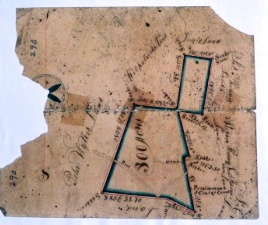
The Phinney farm is listed as one of the neighboring farms in the top right section of this plat done by Squire John Roddey, of Rock Hill, S.C. He also surveyed the original Rock Hill downtown lots.
builder and carpenter. Though no evidence shows his involvement in the construction of Cedarleaf! The 1860 US Federal Census Slave Schedule…”Mr. Phinney had 33 slaves listed, 17 female, 16 male, ages ranging from 1 year to 52….And, it shows he had 4 slave houses.”
Since its construction, Cedarleaf has belonged to only five families. The original owner, James Phinney, and his first wife, Lucretia, had begun amassing their land holdings around 1835. Eventually their property grew to approximately 418 acres, most planted in cotton. Courthouse records indicate that at least twice Mr. Phinney had to borrow money to purchase seed for spring planting. It does not appear that James and Lucretia had children of their own, but we know that in June of 1845 James was appointed guardian ad litem of his niece and nephews, Sarah, John and George Johnston, the children of Lucretia’s late brother, Matthew. The 1850 census states that the family owned seventeen slaves and employed six additional agricultural employees both white and black.
The Yorkville Enquirer of Feb. 14, 1884 reported – “The wedding of Ms. Georgia Diehl to Dr. William Anderson of Blacks Station took place on Feb. 6th in Altoona Pennsylvania.”
After living on the land for nearly half a century, James Phinney sold his farm in January of 1884 to Adeline (Addie) Sundergill Diehl and her husband, Jacob Diehl, for $3,762. The Diehls had previously lived in Carroll County, Maryland where the 1880 US Census listed Jacob’s occupation as “farmer.” When they arrived in Lewis Turnout the Diehls had seven children: Addie M., age about 23; Lizzie, age about 20; Walter, age 13; Drusella, age 12 and three young sons: Lee, age 9; Ray, 8 and Herbert, 6. Sadly, Walter died on Jan. 28, 1885 just a year after the family bought the farm and barely two months before his mother gave birth to twins in March, one of whom died shortly afterward. Two days before Christmas in 1897, Adeline Diehl’s mortgage was foreclosed upon, forcing a sale by the clerk of court. The 1900 Census shows the Diehl family having relocated to Rock Hill; the 1908 City Directory listed all but Drusella as residing at 331 Elm Avenue. Jacob Diehl was listed as retired, Lee and Ray were bookkeepers and Herbert was co-owner of Diehl-Moore Shoe Company at 128 E. Main Street. Drusella had married George Gilpen in 1893 and later returned to Maryland. Mysteriously, three older Diehl children named Addie M., Lizzie and Walter had been listed in the 1880 Census, but we do not know if they came with the family to South Carolina.
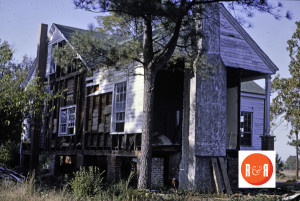
A group of images, June – Nov. 1982 of Cedarleaf beginning of the restoration.
Rock Hill historian Mr. William B. White, Jr., wrote of the family, “Next to the Steele cottage on the same side of the street was a two-story house occupied by the Diehl family. There were three sons and several daughters. The boys were salesmen. Mr. Charlie Diehl was connected with Mr. Charlie Frew in the mercantile business. Mr. Herbert Diehl had an interest in what was known as the Diehl-Moore Shoe Company. Mr. Ray Diehl was a salesman for a Charlotte concern. The next house on Elm Avenue was the Forney house. Mr. Forney was the ticket agent for the Southern Railway in Rock Hill.”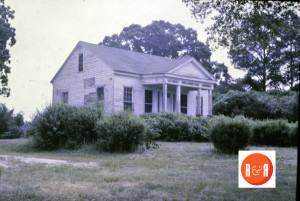
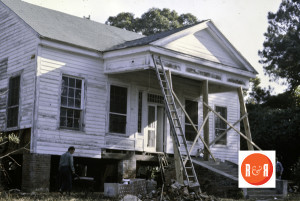
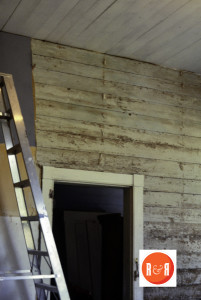
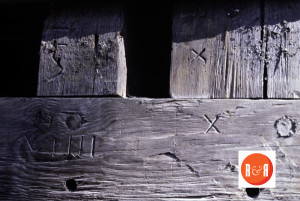
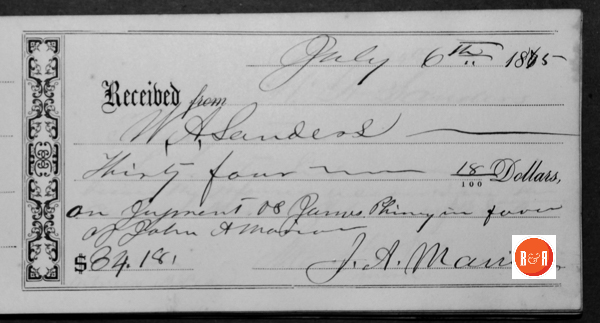
Court settlement in 1875 between James Phinney and John A. Marion. Settlement of payment in the amount of $34.18 – Courtesy of the Hardin – Oates – McMaster Collection, 2016
Sidney Alexander (S.A.) Rodman purchased “the Diehl place” at the clerk of court’s sale. S.A. was something of a speculator/land baron; part of his holdings was sold for construction of the railroad (now CSX). When a depot was built there, the station was named, “Rodman.” In March of 1923 he heavily mortgaged the former Diehl farm at 7% interest to Joseph Lindsay, Treasurer of Chester A.R.P. Church. Six and a half years later, Miss Jennie Oates, A.R.P. Treasurer, filed to call S.A. Rodman’s note due. On December 2, 1929, S.A.’s sons, William D. and Sidney L. Rodman bought the property on the courthouse steps for $3,200. Will and his wife Jessie Millen Rodman then moved into the house with their daughter, Jessie, who was about 4 years old. Will’s younger brother Sidney and their sister Lois, a nurse, also lived with the family; daughter Willie Lynn was born here in 1930, followed by Lois Hamilton (Hammie) in 1932.
Over an eight year period the brothers worked the land together in what they reported to the 1930 census taker as, “general farming.” Will Dodson Rodman was described on his WW I draft registration card as tall and slender with blue eyes and light hair. His daughter Jessie remembers him as a very calm, quiet man. In addition to farming, Will Rodman was a house builder, who was asked by the black congregation of a local church to rebuild it after it had burned. Jessie recalled that several times over the period of construction, church members would come to the house with a tied white handkerchief filled with coins. She said her father never counted the money in front of them or the family. Jessie Rodman Busick, Willie Rodman Drews and Hammie Rodman Kanellos have visited Cedarleaf in recent years and shared childhood memories. They recalled that except for the five ancient oak trees in the yard, “it was cotton and corn as far as you could see.” Jessie reported that cotton bales were stacked beside the house before going to market, and that she enjoyed jumping on them.
Perhaps their most vivid memory was of standing on the front porch watching trains coming from and going to Chester. On occasion they would see trains on two tracks, (the CSX tracks to the east and Norfolk Southern tracks to the west) simultaneously. Jessie recalled carrying oil lamps to the front bedroom she and her sisters shared with their parents, noting that sometimes the shade would slip off and break. She also remembered the day her mother was baking a cake for her tenth birthday when word came that their grandfather S.A. had suddenly died in route from Lewis Turnout to his home in Rodman. Jessie Busick described her mother as a sweet, gentle woman who always kept a cow so there would be fresh milk and butter. She and her sisters have spoken of their mother’s flower garden and her love of the place, noting that she was distraught when worsening financial times required the property’s sale. Will moved the family into the home of his older brother, John, in Rodman; S.L. had previously relocated to Charleston to find work.
In late 1937 the property was sold to Joe Wylie for $3,406. The Depression had already cost Joe and his family the loss of their family farm off the Great Falls Road. In a 2010 conversation (reviewed by telephone for accuracy of notes 19 Sept. 2012) Joe Wylie’s eldest daughter Virginia Wylie Caughman described what happened. She explained that their previous farm had been a multi-generational homeplace
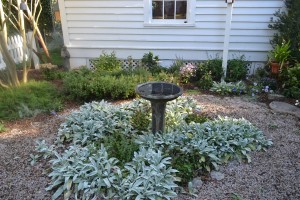
Images of the grounds at Cedarleaf — a continuously changing landscape.
since King Charles granted the land; losing it and having to move and start over was very painful for everyone, especially her father. Just as a despondent Joe Wylie was seriously considering relocating his family to the South Carolina Lowcountry where he could work as an overseer, he happened to see a Mr. Westbrook in Chester. Asked how he was doing, Joe Wylie answered that all he had left was, “… $50, an A-Model Ford, a wife and four children to feed.” When told about the overseer’s job, Mr. Westbrook responded, “Joe, you’re too good a farmer to work for somebody else. There’s a nice farm coming up for sale at Lewis Turnout.” Mr. Westbrook then offered to finance the purchase saying, “… your word is good enough for me.” Joe Wylie moved to the farm with his wife Sarah and their children: Virginia, 13; Mary Jo, 9; Franklin, 5 and Sally, 2. He would work the land with mules for the next ten years, until his death in 1947. Sarah Wylie then rented part of the farm, sold parcels and worked a number of jobs over the following decades.
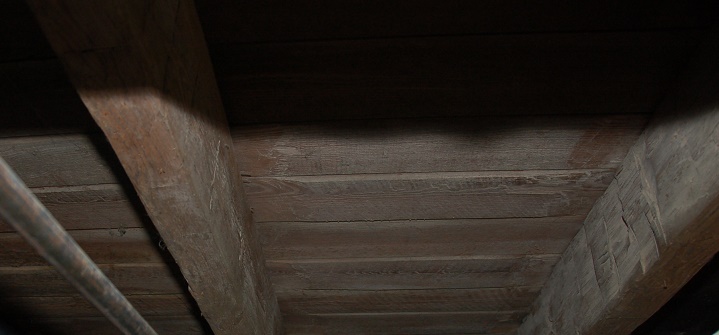
Construction details of the home show that it was built with hewn timbers and sawn flooring and uprights, typical of the mid 1850’s. Note the floorboard have both circular sawn as well as sash sawn tool marks, clearly a transitional period of mid 19th century construction.
In June of 1982 she sold the house and the remaining 63 acres to Victor and Joanna Angle. The Angles’ attraction to the farm was three fold. She was a passionate preservationist who had dreamed of finding an ante-bellum raised cottage that needed “rescuing” and he was an ardent horseman who saw the fields as potential pasture for the Thoroughbreds he wanted to raise. Third, the location was central to the many Springs Industries facilities where he would be working. For three years the Angles lived in near primitive conditions as the slow work of “respectful rehabilitation” began on the house. Meals were prepared on a two-burner hot plate and perishable food kept in a dorm room size refrigerator. The only indoor water source was a rusty bathtub in the back hall. Joanna Angle used to joke that they had a three-part heating system: thermal underwear, electric blankets and Virginia bourbon.
After a twelve year restoration, the house was selected as the site for the Chester County Hospital’s benefit gala called Southern Flavors. The following year, 1995, the Angles welcomed their Russian born daughter Elya Katherine to Cedarleaf. After the couple’s divorce in 2000, Joanna Angle turned her attention to the property’s woodland. In partnership with her life-long friend, Dr. W.D. “Bill” Altman, she set about the process of transforming the once unmanaged, nearly impenetrable woods. Ten years later the South Carolina Forestry Commission designated Cedarleaf Farm the state’s 207th Stewardship Forest. In 2012 it was named S.C. Tree Farm of the Year. [Written and contributed to R&R by Joanna G. Angle]
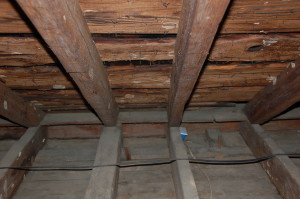
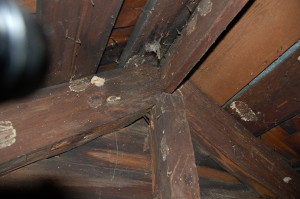
Informative link: Greek Revival Laurelwood Cemetery Click here to visit the Diehl family gravesite on the Laurelwood Cemetery Tour.
On a visit to Cedarleaf, in the fall of 2012, Roots and Recall was given access to the attic space of this historic home. We were delighted to find it had recently been meticulously cleaned. The house is well constructed and featured both hewn and “sash” sawn timbers that remain in remarkable condition. The rear “L” of the home appears to have been perhaps constructed a little earlier than the main house but each features handsome tooling and construction details that date the home to the 1850’s. Cedarleaf is a great example of how artisans both continued to use traditional building techniques such as hewn floor joists and structural materials, while adopting sawn ceiling joists and bracing. The period in which this home was constructed is clearly a point at which artisans were changing rapidly and making use of nails and other finished timber products.
Click on the highlighted video to enjoy seeing other preservation work performed by Angle and Chisholm. Access to this and other “Preservation From the Heart” videos can be found on R&R’s homepage under the resource tab.
Click on the More Information > link found below the picture column for additional data or pictures. (Area map of landowners by Thomas Mayhugh) Also see additional notes and records on: #1 – A letter concerning a shipment of cloth from Mr. James Phinney at the end of the Civil War to R.C. McCalla, #2 – Information about R.C. McCalla during the Civil War. He was married to a Lewis from Chester County, S.C., who resided with her family at Lewis Turnout during this period, #3 – Aerial image of the farm.
Stay Connected
Explore history, houses, and stories across S.C. Your membership provides you with updates on regional topics, information on historic research, preservation, and monthly feature articles. But remember R&R wants to hear from you and assist in preserving your own family genealogy and memorabilia.
Visit the Southern Queries – Forum to receive assistance in answering questions, discuss genealogy, and enjoy exploring preservation topics with other members. Also listed are several history and genealogical researchers for hire.
User comments welcome — post at the bottom of this page.
Please enjoy this structure and all those listed in Roots and Recall. But remember each is private property. So view them from a distance or from a public area such as the sidewalk or public road.
Do you have information to share and preserve? Family, school, church, or other older photos and stories are welcome. Send them digitally through the “Share Your Story” link, so they too might be posted on Roots and Recall.
Thanks!
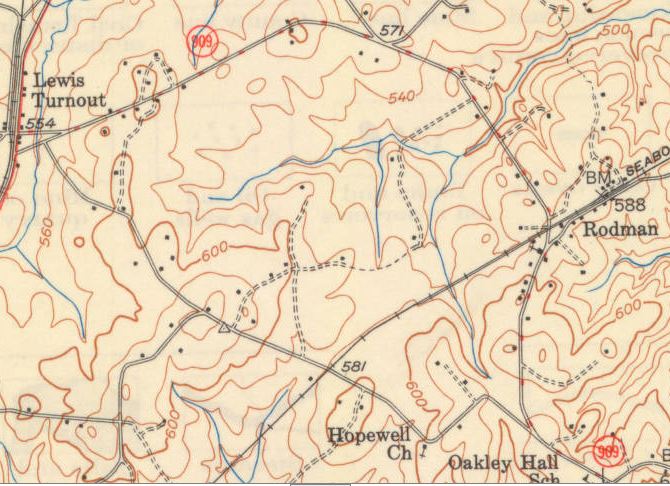
USGS 1949 Rock Hill Quadrangle via the Thomas Cooper Library at the USC Library
User comments always welcome - please post at the bottom of this page.
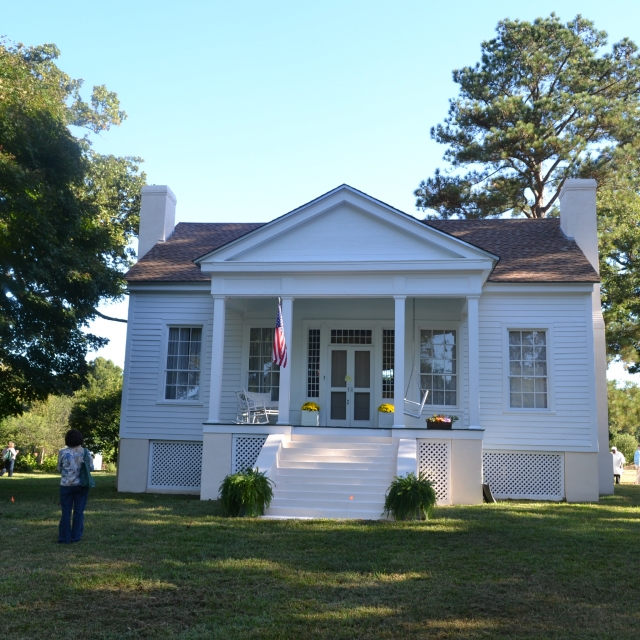
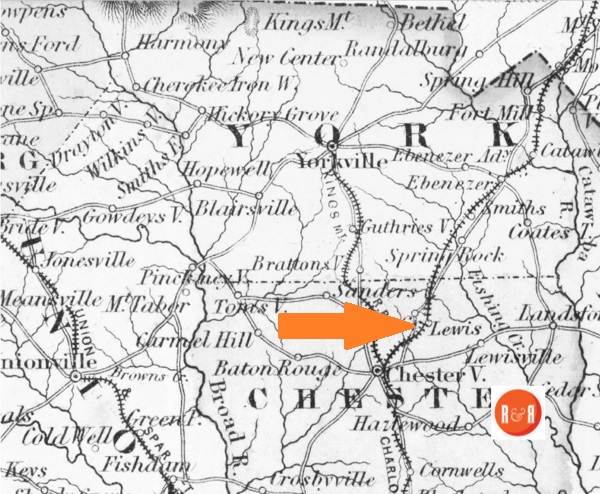

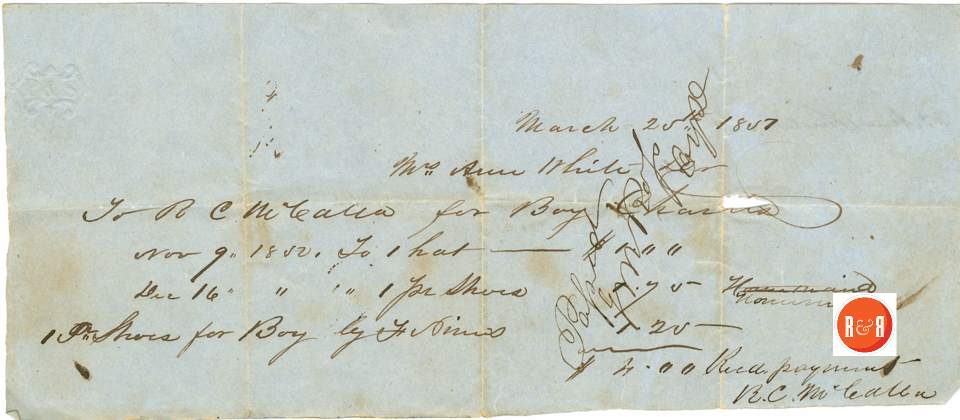
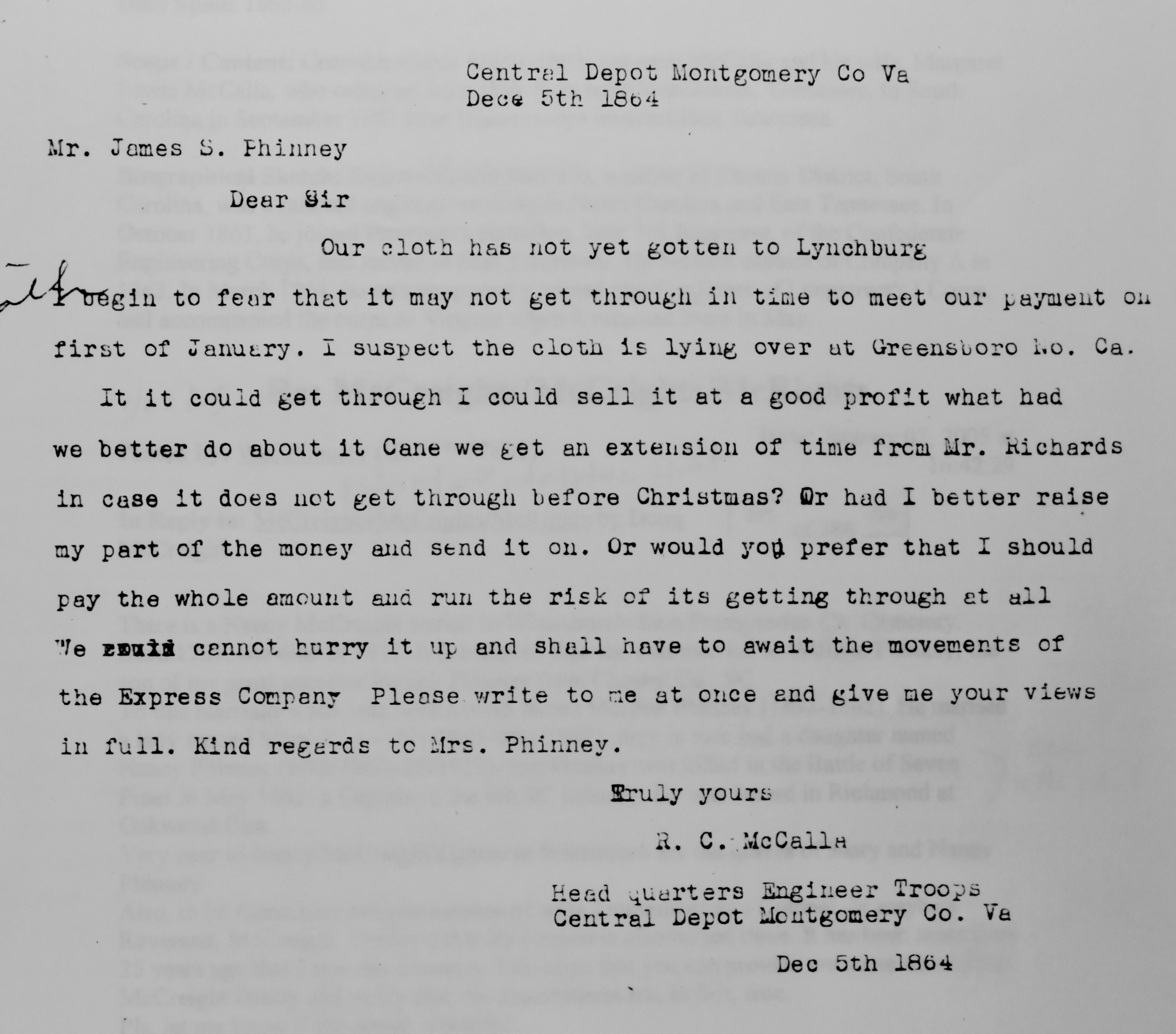
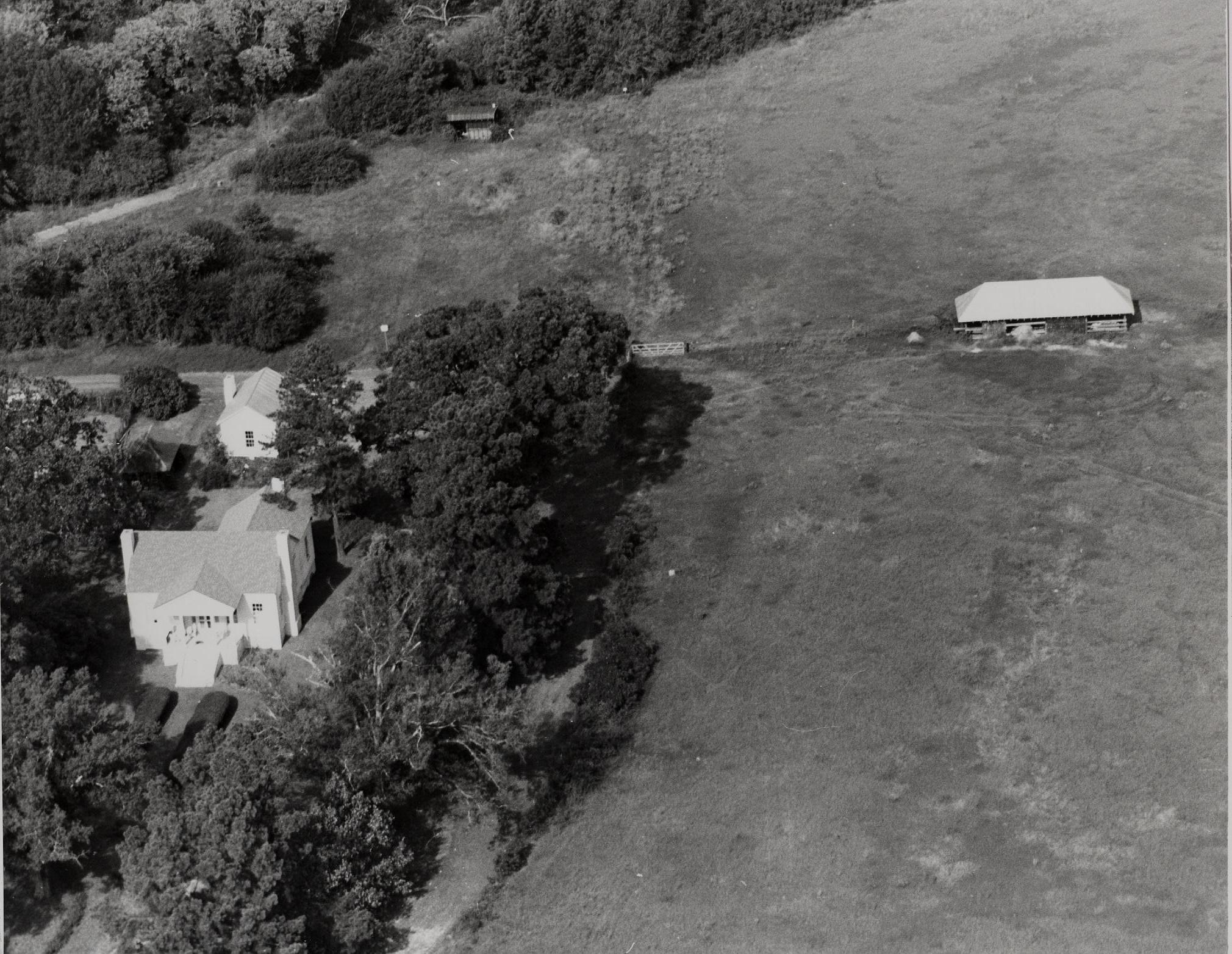
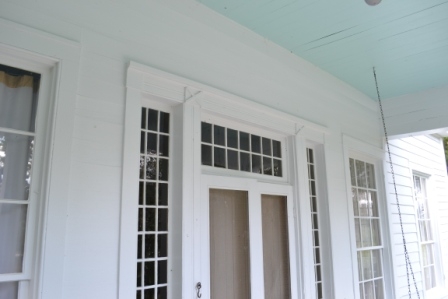
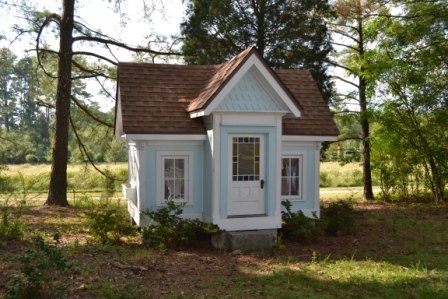
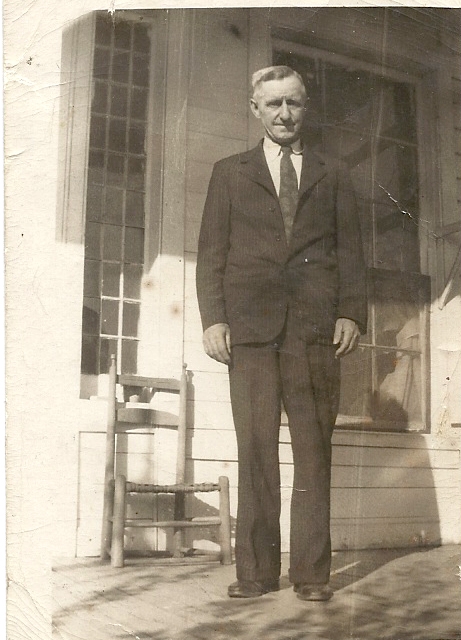
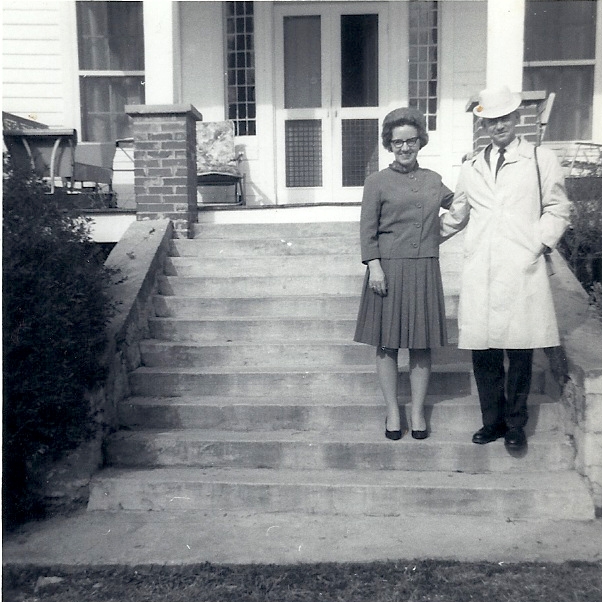
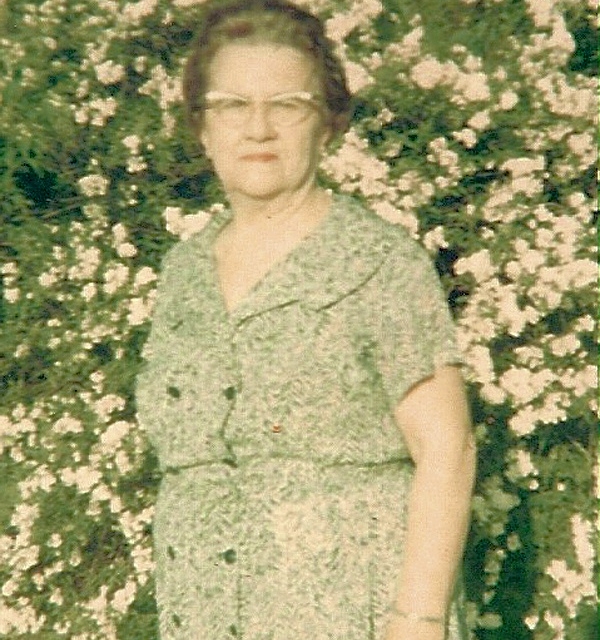
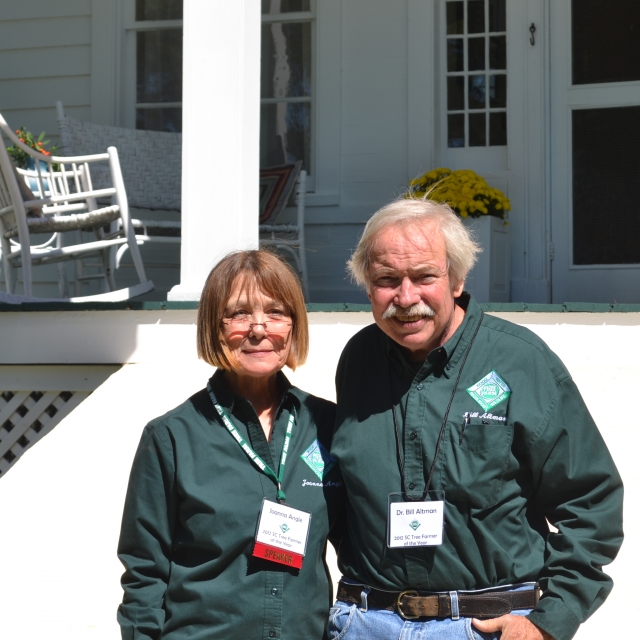
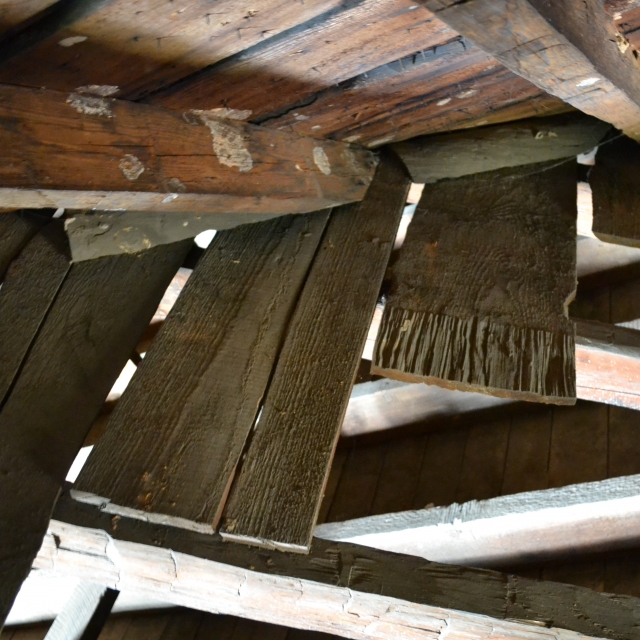
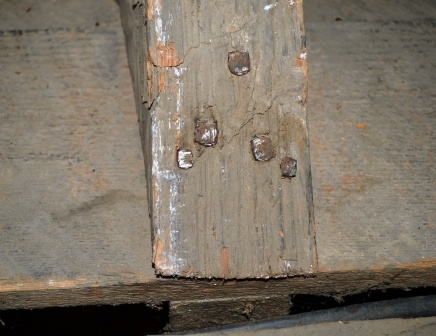
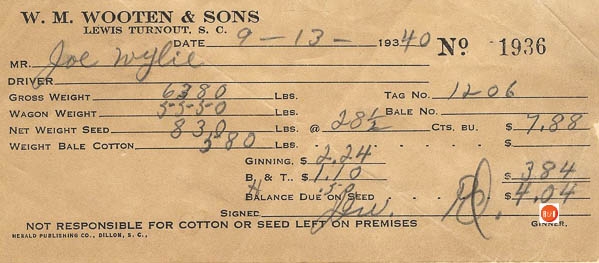
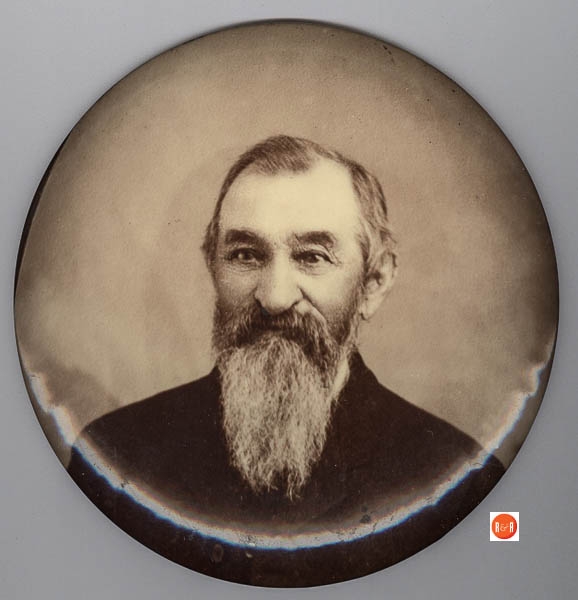
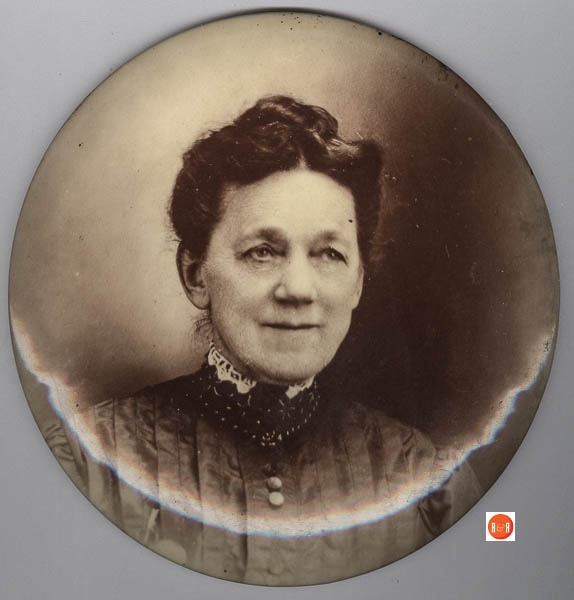
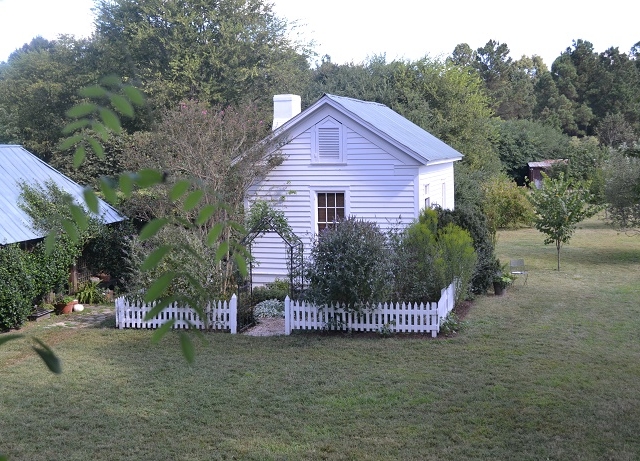
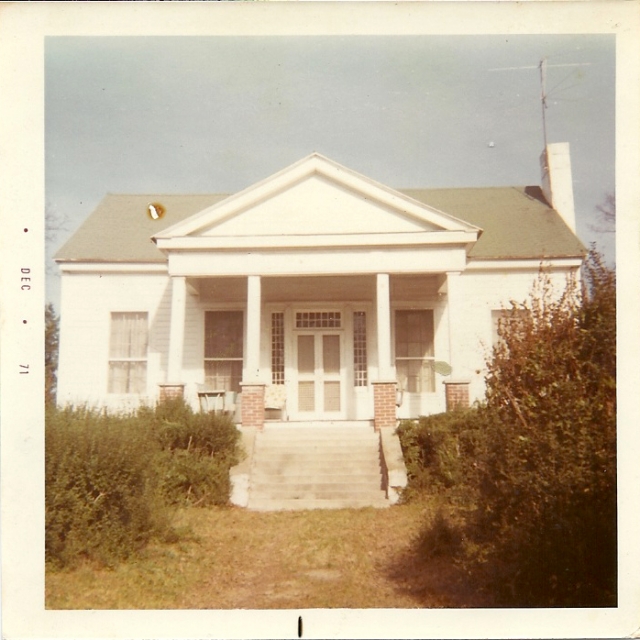
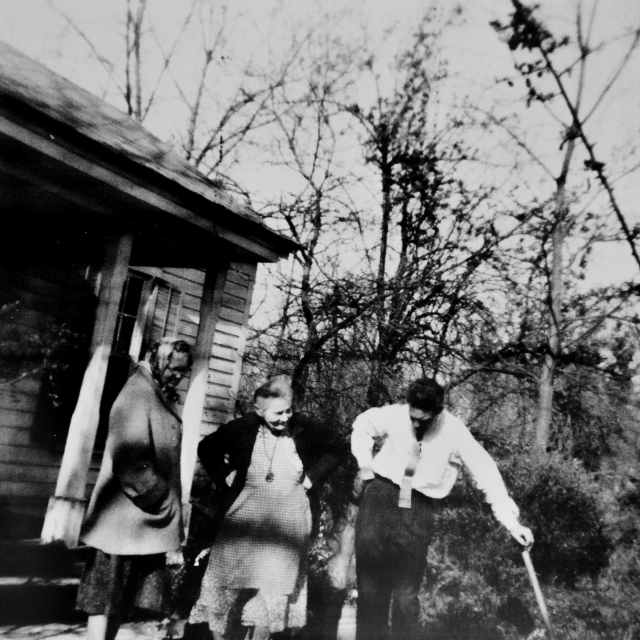
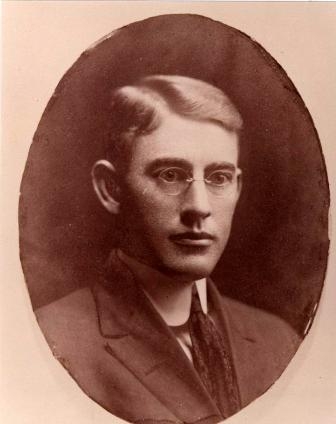
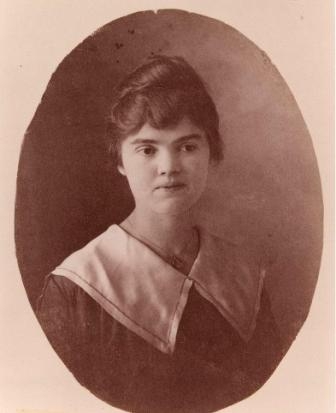
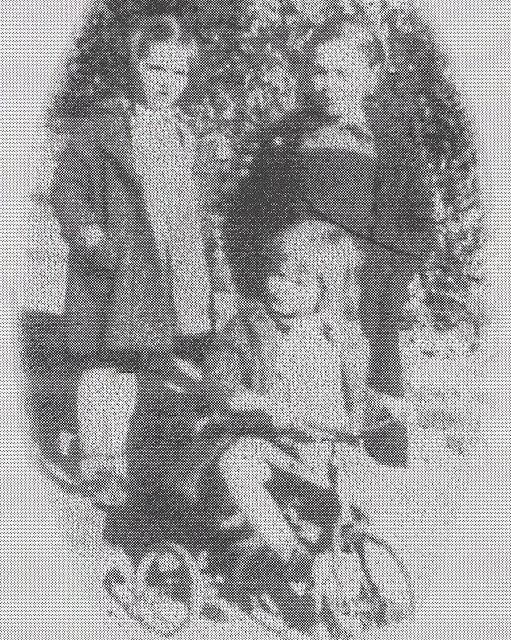





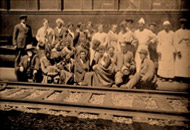
[…] Enjoy reading the article on Roots and Recall’s homepage, its the Feature Story for the month of November. And link to Roots and Recall to read all about the history of this amazing property, Cedarleaf Farm. […]